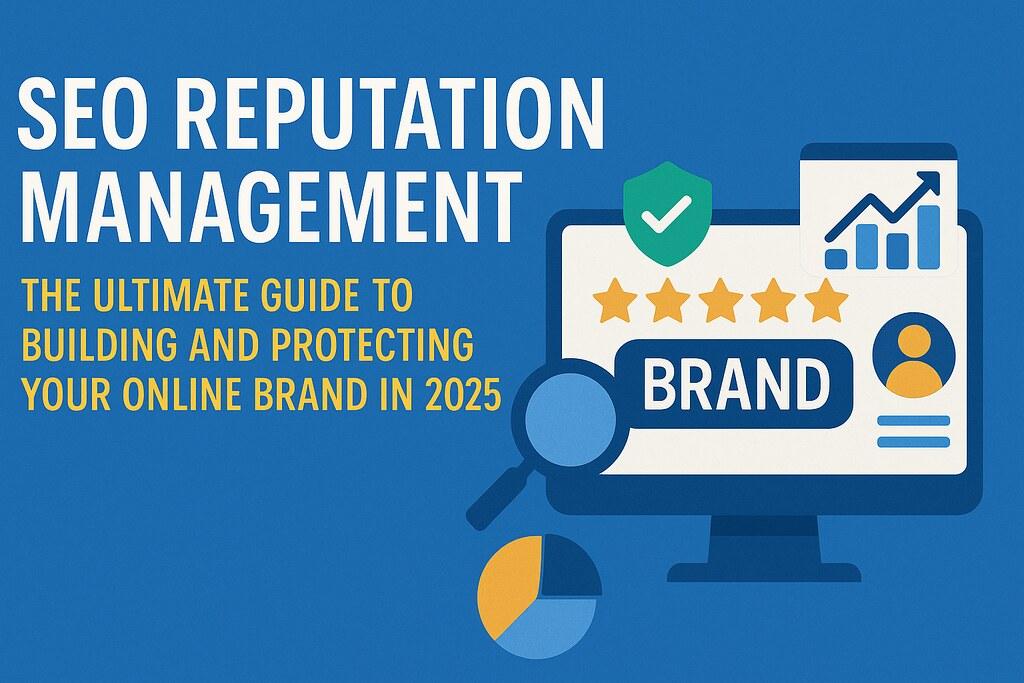Table of Contents
- Understanding the Value of Old Domains in Todays Market
- Key Factors to Consider When Evaluating Vintage Domains
- Strategies for Successfully Acquiring and Rebranding Old Domains
- SEO Benefits of Purchasing Established Domains
- Common Pitfalls to Avoid in the Domain Acquisition Process
- Q&A
- In Conclusion


Understanding the Value of Old Domains in Todays Market
In today’s digital landscape, purchasing an old domain can significantly enhance your online presence and credibility. This is primarily due to the established *domain authority* that older domains tend to possess. They often come with a history of backlinks, which not only contribute to higher search engine rankings but also establish trust among users. If you’re looking to launch a new website or upgrade your existing one, considering an old domain could be a strategic move.
When assessing old domains, there are several factors to keep in mind:
- Age of the Domain: Older domains are generally seen as more trustworthy and experienced by search engines.
- Backlink Profile: Quality backlinks from reputable websites can significantly boost your site’s authority.
- Keyword Relevance: Domains that include relevant keywords can improve SEO and draw organic traffic.
Furthermore, many old domains have retained their organic traffic, which can provide immediate benefits upon acquisition. For example, an established domain with existing visitors can lead to increased brand visibility and quicker monetization opportunities. Here’s a simple table summarizing some key advantages of buying old domains:
| Advantage | Description |
|---|---|
| Established Authority | Inheriting existing authority levels enhances trust among users and search engines. |
| SEO Benefits | A solid backlink profile can boost your site’s ranking and visibility. |
| Immediate Traffic | A specific old domain may already receive organic traffic, expediting your growth. |
Key Factors to Consider When Evaluating Vintage Domains
When diving into the world of vintage domains, it’s essential to assess several critical factors that can greatly influence your investment. First and foremost, domain authority plays a pivotal role. This metric, often measured from 0 to 100, reflects how well a domain is likely to perform in search engine rankings. Higher authority can translate to better visibility and organic traffic. To gauge this, use tools like Moz or Ahrefs, which provide insights into metrics, backlinks, and overall trustworthiness. Another factor worth considering is the history of the domain. A domain that has been previously utilized for relevant content, especially within your niche, could carry significant SEO advantages. Check the domain’s previous ownership and ensure it hasn’t been associated with spammy practices that could lead to penalties. Tools such as the Wayback Machine can help you explore the domain’s past to see how it has been used over the years. Moreover, noting the age of the domain can also be beneficial; older domains often perform better since they are deemed more credible by search engines. Lastly, the keywords in the domain name cannot be overlooked. A vintage domain that includes relevant keywords can enhance organic search visibility and attract more targeted traffic. Ideally, look for domains that mirror popular search queries related to your business. Additionally, ensure that the domain is easy to remember and type, which can significantly impact user engagement. You might also consider these attributes when evaluating potential domains:- Extension Relevance: Consider whether the TLD (Top Level Domain) such as .com, .org, or others fits your business model.
- Social Media Presence: Check if the domain has existing social media profiles to leverage for your marketing efforts.
- Current Backlink Profile: Analyze the backlinks; high-quality links can provide ongoing SEO benefits.


Strategies for Successfully Acquiring and Rebranding Old Domains
Acquiring and rebranding old domains can be a lucrative strategy for businesses aiming to enhance their online presence. First and foremost, conducting thorough research into the domain’s history is crucial. Utilize tools like Wayback Machine or Ahrefs to investigate past content and backlinks. Look for domains with reputable backlinks and a clean history free from penalties. This will not only help you assess the domain’s value but also provide insights into its potential audience. When identifying potential candidates, consider the following:
- Keyword Relevance: Ensure the domain contains relevant keywords that can leverage SEO potential.
- Brand Alignment: The domain should resonate with your current brand identity or the niche you’re targeting.
- Traffic Analytics: Analyze existing traffic metrics to understand its current audience engagement.
Once you’ve acquired a domain, focus on a rebranding strategy that emphasizes both transition and growth. Key elements of effective rebranding include:
- Content Refresh: Update the existing content to align with your brand voice while retaining valuable information.
- Visual Consistency: Incorporate your brand’s colors, logos, and design elements to create a unified look.
- SEO Optimization: Revise meta tags, descriptions, and headings to reflect your current SEO strategy effectively.
| Strategy | Description |
|---|---|
| Keyword Research | Identifying relevant keywords will maximize search visibility. |
| Brand Messaging | Ensure your message speaks to your target audience’s needs. |
| Outreach and Link Building | Engage with old backlinks for potential partnerships and traffic. |


SEO Benefits of Purchasing Established Domains
Investing in established domains can significantly enhance your online presence and search engine rankings. These domains often come with an existing age and authority that new domains lack, giving you a head start in the competitive landscape. One of the key advantages is the backlink profile that an old domain typically has accumulated. With quality backlinks already in place, your website can benefit from increased visibility and credibility right from the start. This is especially beneficial in sectors where trust plays a crucial role in conversion rates.
Moreover, purchasing an established domain can save you considerable time and effort in building brand identity and recognition. Users are more likely to trust a domain that has been around for a while compared to a new one. This inherent trust can lead to higher click-through rates and lower bounce rates. Additionally, established domains often already have residual traffic, which means you can potentially attract visitors without the need for an extensive marketing campaign. Here are some immediate benefits:
- Enhanced domain authority
- Existing traffic flow
- Established brand trust
- Faster SEO results
Furthermore, when looking to buy an established domain, it’s important to analyze metrics such as Domain Authority (DA), traffic history, and backlink quality. Utilizing tools like Ahrefs or SEMrush can provide valuable insights into these aspects. For a clearer overview, consider the following table comparing metrics between a new domain and an established one:
| Metric | New Domain | Established Domain |
|---|---|---|
| Domain Age | 0-1 Year | 5+ Years |
| Average DA | 1-10 | 20-50+ |
| Monthly Visitors | 0-100 | 500-5000+ |
By understanding these metrics, you can make an informed decision, choosing an established domain that not only provides immediate benefits but also aligns with your long-term SEO goals. This strategic investment can be a game-changer, paving the way for sustained growth and online success.


Common Pitfalls to Avoid in the Domain Acquisition Process
Acquiring old domains can be a strategic move for boosting your online presence, but some common pitfalls can trip you up. One major issue is overlooking the history of the domain. Before finalizing your purchase, it’s crucial to research past ownership, usage, and any potential penalties from search engines. A domain with a shadowy past could harm your SEO efforts, leading to wasted time and resources. Use tools like Wayback Machine and domain history checkers to get a clear picture.
Another common mistake is failing to assess the domain’s SEO value. Not all old domains are created equal; some may have valuable backlinks while others are littered with toxic links. Before acquiring a domain, analyze its backlink profile and keyword rankings. Look for metrics such as Domain Authority (DA) and Page Authority (PA) using tools like Moz or Ahrefs. This assessment will ensure you invest in a domain with genuine traffic and visibility potential.
Lastly, don’t underestimate the importance of brand alignment. Acquiring a domain that doesn’t resonate with your current brand or target audience can create confusion. Your domain should reflect your business identity and values. Consider these factors when evaluating a potential domain:
- Relevance to your niche
- Memorability and simplicity
- Alignment with your long-term goals

